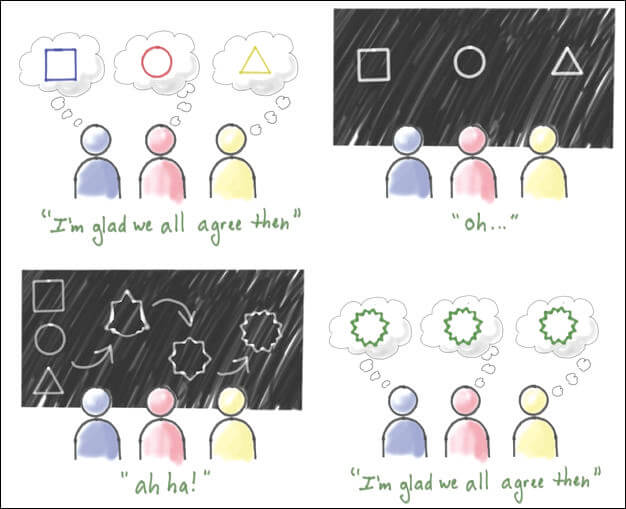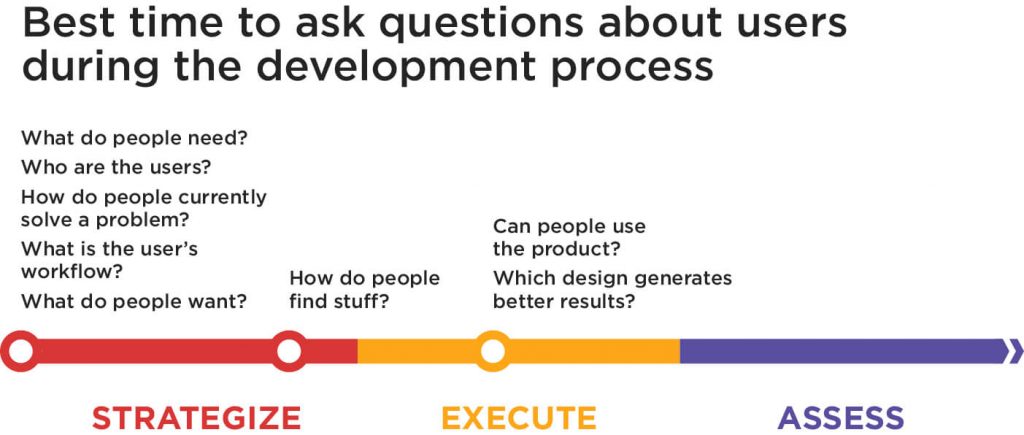“There’s no doubt that personal pain signals there’s an opportunity to solve a problem. Many entrepreneurs are sure they have a problem worth solving due to their own personal experience. But, they often fail to recognize that an almost tangible “fact” in their mind is just an assumption that should be tested, validated, or most likely, invalidated.”
So begins Tomer Sharon’s book Validating Product Ideas Through Lean User Research. In it, he brings us statistics on failed and successful enterprises, explanations of the rationale behind problem solving and the value of research, and best of all, step by step instructions for testing and validating what the people want.
Interested in learning more about validating your product ideas? Read on for some valuable behind-the-scenes advice from Tomer, and a chance to win a free copy of the book!
I first heard about Eric and his ideas in 2011. When I interviewed Eric in person, I told him how happy I was with the success of his approach and the attention it was getting. The reason is that if you carefully listen to Eric or read his book, you can very quickly notice that a lot of what he is talking about focuses on design and user experience. Practices and techniques we UX people have been preaching about for decades with partial success. The key to the attention The Lean Startup is getting, in my humble opinion, is that it uses plain language many business people understand. I think we have been using terminology that was hard to connect with. This is why, for example, I scanned my new book and made sure it uses plain language and does not have any UX jargon.
Eric Ries and Steve Blank were excited with my ideas about lean user research since they knew many companies and individuals who acknowledge the importance of validated learning need guidance on how to do that specifically. This is where I and my book come to play. I provide very specific how-to instructions for readers who want to learn from their audience (or potential audience) to validate or invalidate their ideas.
To me, the best success I’ve seen is that people stop talking about how user research is important and actually get up from their seat, take action, and do it. Startup founders, product managers, engineers. People who have never done research realize it is something they can do on their own, quickly and effectively. Many of these have been contacting me and telling me about how practicing lean research has changed their work, made them be more honest about what they do, and how they are now much more confident about the startup, product, and process.

Credit: User Story Mapping, by Jeff Patton (O’Reilly, 2014)
A need is a necessity arising from a problem, while a want is what people think they need.
What people need is a critical question to ask when you build products. The question is important because of the risk it entails. Many product development teams tend to ask themselves if they can build a product rather than asking if they should. On the other hand, “What people want?” can be perceived as a critical question to get an answer to; however, it is not really a question about design and user experience of products, but rather one that concerns marketing them. It is important for understanding and learning about the state of mind of a target audience after it is exposed to the product or some kind of communication about it.
What people need is very different than what they want. When you ask people what they need, they answer what they want. To uncover true needs, one must observe and track human behavior rather than asking about it.
- Imagine they do research by just talking with customers. Talking with people is not research. Research is not rocket science yet it has some rigor to it.
- Not act on results because they are unexpected, unintuitive, or surprising.
- Use wrong method to answer great research questions. For example, use a survey to figure out if customer would use a product or feature.
- Bias participants with questions, study location, or body language.
- Focus on identifying “missing” product features rather than uncovering true user needs.

To be very honest and humble and just do it. Recognize that the facts in your mind (users need this, people like that) are assumptions and come with a clear mind to any research activity. Be ready to invalidate your assumptions in most cases because people are almost always not behaving the way you expect them to behave. A small tip that’s hard to implement—start validating assumptions about which you are mostly confident. You’d be surprised!
And remember, the user comes first in user experience. Therefore, start by truly learning about users first, before you design anything. It’s much more important to fall in love with real problems real people really care about first, rather than developing the coolest app ever.
Thank you so much for talking with us, Tomer!
Interested in learning more about how to research, test, and validate your product ideas? Use the discount code UXBOOTH for 20% off at Rosenfeld Media. Or, enter to win a free copy of Validating Product Ideas Through User Research.
UX research - or as it’s sometimes called, design research - informs our work, improves our understanding, and validates our decisions in the design process. In this Complete Beginner's Guide, readers will get a head start on how to use design research techniques in their work, and improve experiences for all users.